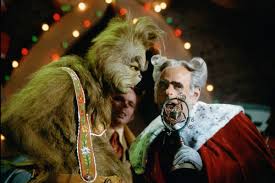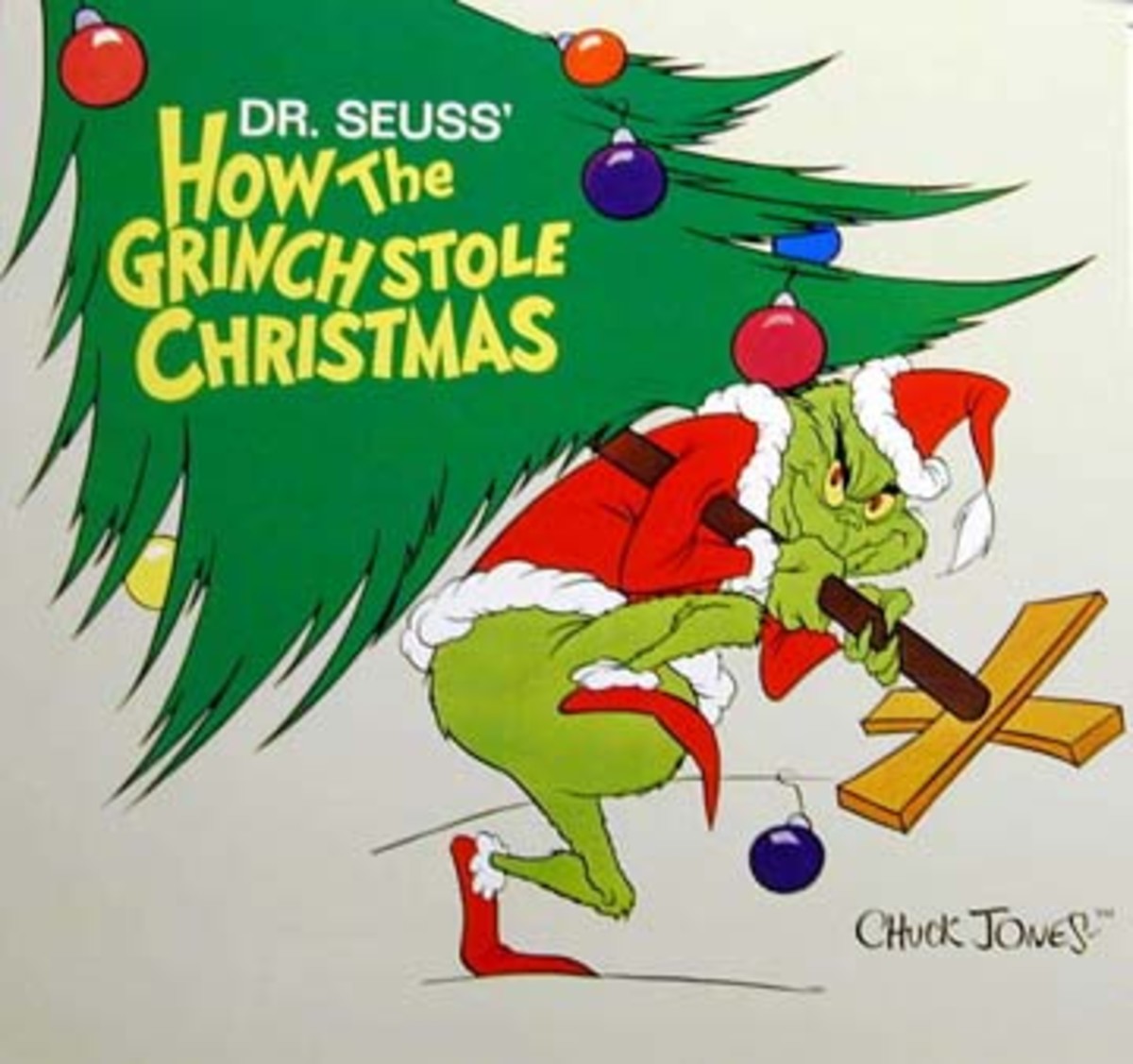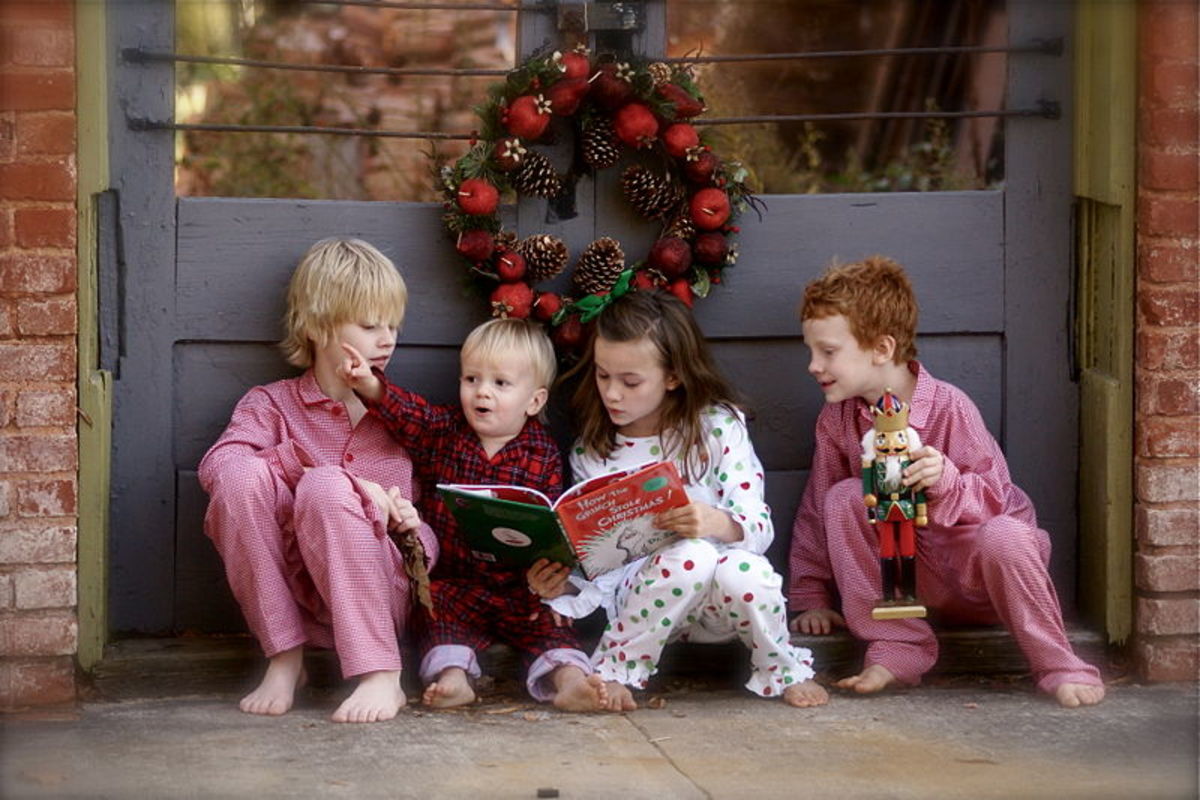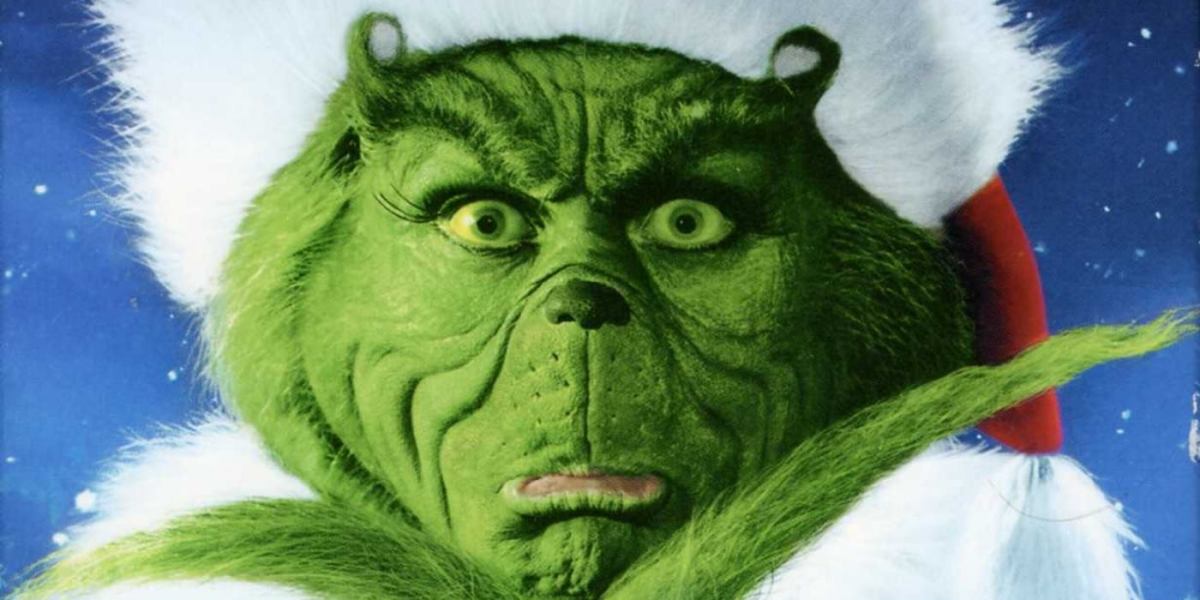Film Review: How the Grinch Stole Christmas(2000)

In 2000, after an arduous and laboriously enduring production process, the director Ron Howard was allocated the rights to release an interpretation of the Dr Seuss tale, How The Grinch Stole Christmas, by Universal Pictures. Immediately indicative of one of the pivotal features of the narrative arc, the anti-climactic conclusive notification of the eventuations compensates for the revelation of the delicate disclosure of essential information by evoking avid curiosity at what it promises to deliver across the course of the story. Spending an impressive entire four weeks enshrined atop the pinnacle of prestige at the number 1 spot of commercial esteem in the United States following its release on the 17th of November, it grossed $345 million worldwide, making it the second highest grossing holiday film of all time, behind Home Alone-And remains so almost two decades the latter. It won the Academy Award for Best Makeup, and was nominated for Best Art Direction and Best Costume Design, and upon viewing, the evidence to verify those credentials becomes lucidly palpable.
The executive decision to reincarnate a feature-length live action iteration of an originally brief animated product was an ambitious one, still contested with controversy nearly twenty years afterwards from its detractors. But the splendour of the magnificent realisation of a more realistic depiction of the fantastical land of Whoville as its inhabitants participated in the annual Christmas Whobiltions was an irrefutable virtue that managed to effectively execute an updated appeal of entertainment for any entirely new generation, while maintaining a fidelity to the expression of the same seminal sentiment of its predecessor; As was reflected by the A- gradation of rating by audiences polled by CinemaScore, despite the overall divisive consensus of reception. What resounded throughout reviews overall however, was the gleaming appraisal of the starring performances-Particularly those of Jim Carrey(The Grinch) and Taylor Momsen(Cindi Lou Who). Although certain criticisms were based upon the justification that the depiction of the story was too quirky, yet simultaneously lugubrious, the intentional profundity of the film’s philosophy is detectable as a message of persevering optimism.
As for the comprising content; It revolves around the resilient conviction of the green outcast of Whoville, as he attempted to send the condition of the innocuous and quaint little town’s festive celebrations spiralling into a state of disastrous ruination, as he grew so exasperated and infuriated by the relentless devotion of the Whos to juvenile euphoria of frivolity in commemoration of the traditions of festivities-A desire that he deemed trivial and futile. He would eventually experience an encounter with a mere child who was also becoming fatigued with the superficial novelty of the holiday, and so herself attempted to inject some vibrancy into the Grinch’s faith of compassionate spirit in the pursuit of rekindling her own faith in the very ideology that the antagonistic protagonist’s contemptuous an irascible misdemeanour was vehemently opposed to initially. He was incredibly spiteful in his approach and attitude toward addressing the neighbourhood of beings that were blissfully ignorant to the agony he was suffering, being caught up in the entangling web of his own perpetual self-loathing and emphatic abhorrence of his peers and everything they stood for.
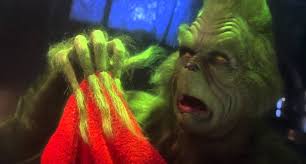
Jim Carrey excelled in the portrayal of this, as he contributed a valuable aura of animated and lively hysteria to the expression of those emotions, that was intrinsic to many of his iconic characters across his filmography. And while it wasn’t traditionally indelibly attributed to an association to the character of the Grinch, it was made vitally essential to that particular performance. Another commendation of the film as a whole was its settlement upon the retention of the eccentricities of the rhyming dialogue of the characters-Especially in the interactions between the Grinch and his dog, Max. Although it was conveyed in a simplistic and basic method of palatability for the vast spectrum of available audience members, of which the primary target demographic was comprised of young children, the conception of the acrimonious exchange of relations between the Grinch and the Mayor of Whoville, Augustus May Who, was relatively intricate-As it incentivised the necessitation of an emotional motivation, that factored in significantly for the evolution of the lead character’s development; A feature that was devoid in the previous picture.
The addition of ancillary characters that were not necessarily integral to the eventuation of the plot was one of the aspects that received the majority of the vitriolic criticism, but the contradictory argument retorting that point could be the advocative case made for the enhancement of the depth of gravitas that they arguably achieve to fluctuating degrees of fan adulation. Clarnella and Rose Who, Martha May Who, Lou Who and Betty Lou Who were characters that provided the dimensions for the depth of the origin of the cultivation of the Grinch’s personality development, as he internally nurtured all of the most cynical traits of his persona, and for a familial foil for Cindy Lou to bounce off of harmoniously, as she bemoaned their ignorance. And even Drew and Stu Who were minor features that provided the catalyst for the seamlessly formidable and ominous introduction to the primary role within the film-Of which the resolve, as is inherent to the genesis of the developmental narrative structure of the character, sees the rejoice in the ultimate embracive emergence from underneath the cast shadow of morose misery.
The narration of the eventuations within the story is accommodating and resonant with the subtlety of the booming, but gentle sonorous tones of Anthony Hopkins’ voice-Creating an atmosphere that is familiarly comforting for those already initiated with the classic iteration of the tale, and refreshingly intriguing for inductees to the exposure to the transpirations. The entire picture is complemented courteously by the composition of the original songs and soundtrack allotted to the progression of the piece, and bolstered by the salient humour that can be enticing to children, and appreciable by the approximation of more mature viewers. The pertinent sensation distilled in the atmosphere of the film is that of exuberant and hysterically expressive, without being overly flamboyant or pretentious in the displayed purveyances of the essentiality for the assimilation of those very same philosophies.
As for the complexity of the soothing blend of the elements of humour prominently establishing themselves at the forefront of the attention-arresting flamboyant of the film, it is as juvenile as would be expected, with running refrigerator and saliently satirical commentary of the “corruption” of children’s mind by absorptive media(a very dated notion by the progressive standards of the present day) aplenty. But, if a casual appreciation for those features or an ignorant disregard in the face of failure of acceptance of their inclusion is possible, and if a saliently allegorical commentary on the corruptive influence of capitalist commercialism’s exploitative imposition, and renouncing materialistic avarice while simultaneously conveying sentiments of emotional profundity that is assimilative for universal audiences is sought, then this film should be the object of perennial desire and yearning. Re-watchable for every day of December, even beyond the 25th, its appeal is almost unrivalled as far as the zenith of epitomising recommendation is concerned.
